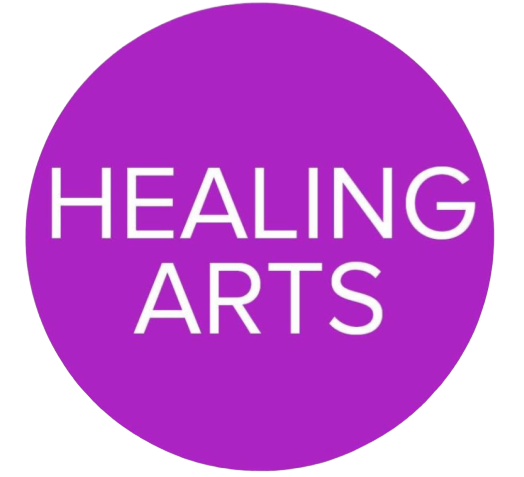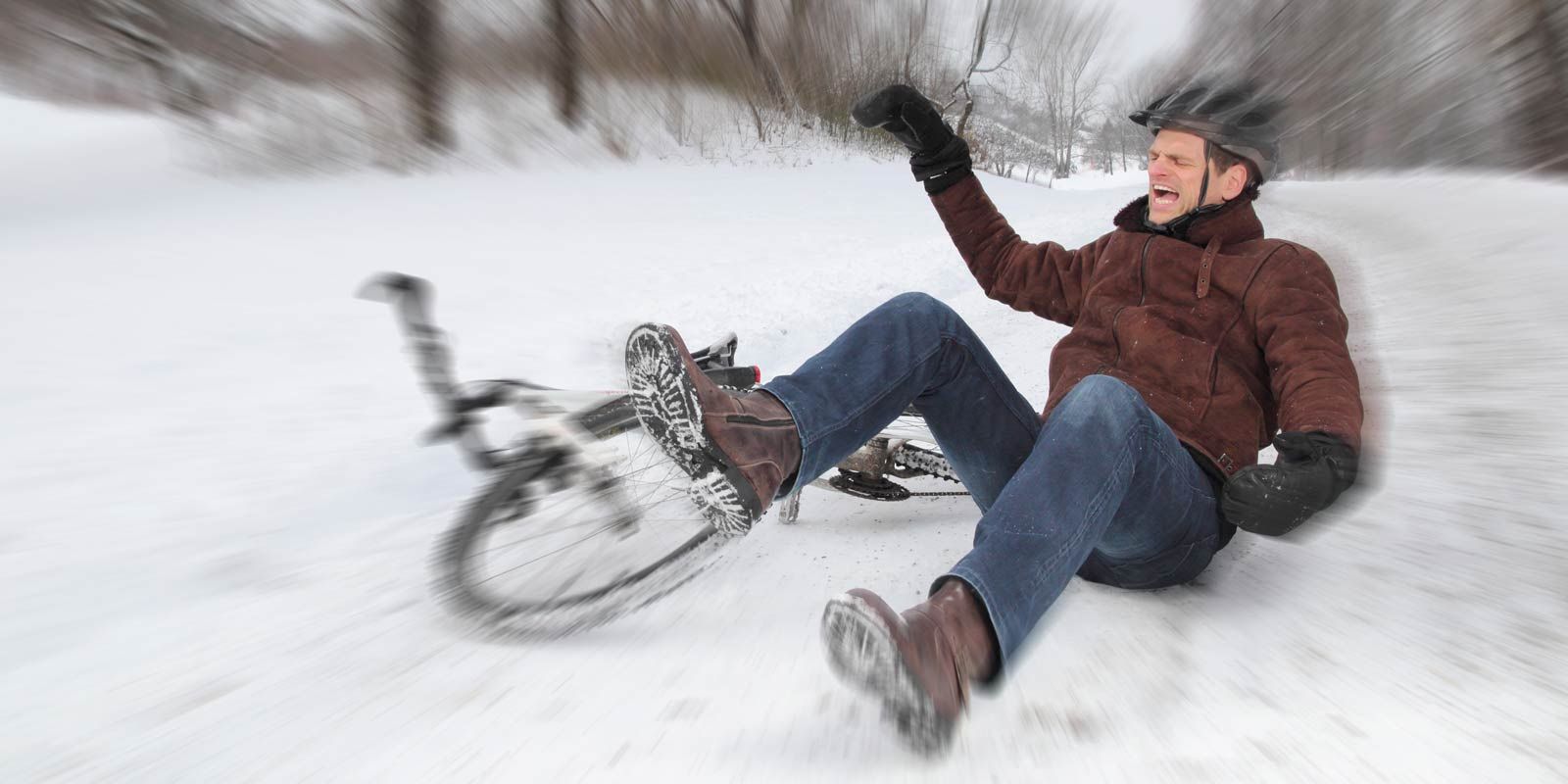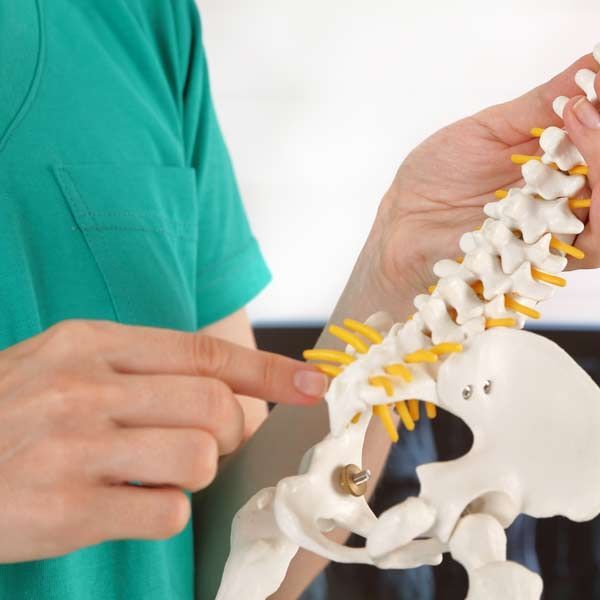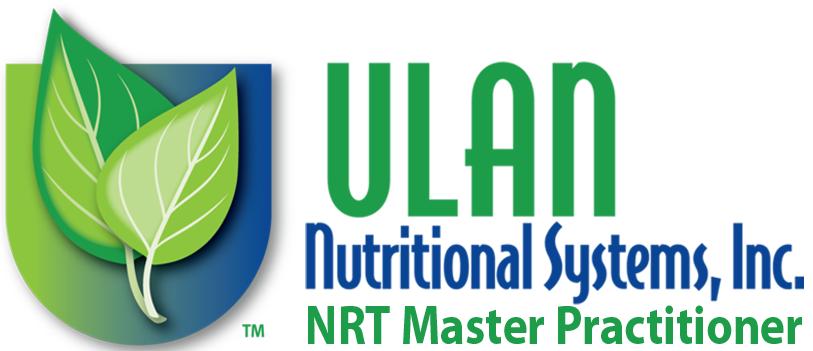Coccydynia Treatments NYC - Dr. Alicia Armitstead
At Healing Arts NYC, we understand the complex nature of Coccydynia and its significant impact on your quality of life. We specialize in providing targeted chiropractic care to address the root cause of your tailbone pain, helping you find lasting relief and return to your daily activities without discomfort. This page will guide you through what Coccydynia is, its common causes and symptoms, and how our specialized chiropractic treatments can help you heal.
-Dr. Alicia Armitstead
Tailbone Pain Relief Treatments for Coccydynia at the Healing Arts NYC Health and Wellness Center in Manhattan, NY 10017, and Connecticut
Living with persistent pain can disrupt every aspect of your life, from sitting at your desk to enjoying a simple walk. When that pain is centered in your tailbone, it can feel particularly frustrating and debilitating. This discomfort, known as coccydynia, can make even the most basic activities a challenge. While it might feel like an issue you just have to endure, effective, non-invasive treatments are available.
What is Coccydynia?
Coccydynia is the medical term for pain in or around the coccyx, the small, triangular bone at the very bottom of your spinal column, commonly known as the tailbone. The coccyx is composed of three to five fused or semi-fused vertebrae and serves as an attachment point for various muscles, tendons, and ligaments in the pelvic region. It also plays a role in supporting your weight when you sit down.
When this area becomes inflamed, injured, or irritated, it results in a distinct, localized pain that can range from a dull ache to a sharp, stabbing sensation.
Unlike general lower back pain, coccydynia pain is very specific to the base of the spine. The discomfort often worsens when pressure is applied to the area, such as during prolonged sitting or when moving from a seated to a standing position. This condition can affect anyone, but it is more commonly seen in women, partly due to the structure of the female pelvis and the potential for injury during childbirth.
Common Symptoms of Coccydynia
The primary symptom of coccydynia is pain and tenderness in the area at the base of the spine. However, the experience can vary from person to person. Recognizing the specific symptoms can help in seeking the proper diagnosis and treatment. Common signs of coccydynia include:
- Localized Pain: A distinct aching or sharp pain felt directly in the tailbone area.
- Worsened Pain with Sitting: The discomfort intensifies when sitting for extended periods, especially on hard or narrow surfaces. Leaning forward or sitting on a specialized cushion may offer temporary relief.
- Pain When Standing Up: A sharp, intense pain can occur when transitioning from a sitting to a standing position.
- Tenderness to Touch: The area over the coccyx may be susceptible to direct pressure.
- Pain During Certain Activities: Activities that put pressure on the base of the spine, such as bicycling or driving for long durations, can trigger or worsen the pain.
- Radiating Pain: While less common, some individuals may experience pain that radiates into the buttocks or down the backs of the thighs.
These symptoms can significantly interfere with daily life, making work, travel, and leisure activities difficult and uncomfortable.
Common Causes of Tailbone Pain
Understanding the cause of your coccydynia is a key step toward effective treatment. The pain can stem from a variety of factors, ranging from sudden injury to chronic strain.
- Direct Trauma or Injury: A fall backward onto a hard surface is one of the most common causes. This impact can bruise, dislocate, or even fracture the coccyx. Contact sports or accidents that involve a direct blow to the base of the spine can also lead to coccydynia.
- Repetitive Strain Injury (RSI): Activities that involve prolonged sitting on hard or poorly designed surfaces can put consistent pressure on the coccyx. This is common in office workers, truck drivers, and anyone with a sedentary lifestyle. Sports like cycling and rowing, which involve repetitive motion and pressure on the tailbone, can also cause strain.
- Childbirth: During the final stages of pregnancy, the coccyx becomes more flexible to allow for delivery. In some cases, the process of childbirth can strain the muscles and ligaments around the coccyx, or even cause a dislocation, leading to postpartum coccydynia.
- Poor Posture: Slouching while sitting places undue pressure on the coccyx instead of distributing weight through the "sit bones" (ischial tuberosities). Over time, this chronic stress can lead to inflammation and pain.
- Referred Pain: Sometimes, the pain felt in the coccyx originates from another part of the body, such as the lumbar spine or sacroiliac joints. Conditions like a herniated disc or degenerative disc disease can refer pain to the tailbone region.
- Idiopathic Coccydynia: In about one-third of cases, the specific cause of tailbone pain cannot be identified. This is known as idiopathic coccydynia, but even without a clear cause, effective treatment is still possible.
How Chiropractic Treatment Heals Coccydynia
Chiropractic care offers a proven, non-invasive approach to treating coccydynia by addressing the underlying structural and mechanical issues. Instead of simply masking the pain with medication, our goal at Healing Arts NYC is to restore proper function and alignment to the pelvis and spine, promoting natural healing. Our treatment process is comprehensive and tailored to your specific condition.
- Detailed Assessment: Your journey begins with a thorough evaluation. We discuss your symptoms, medical history, and the potential causes of your pain. A physical examination will focus on your lower back, pelvis, and coccyx to identify misalignments, muscle tension, and joint restrictions. This allows us to pinpoint the root cause of your discomfort.
- Targeted Spinal Adjustments: If your coccydynia is caused by a misaligned pelvis or sacroiliac joint dysfunction, we use gentle, precise chiropractic adjustments. These adjustments restore proper motion to the joints, relieving pressure on the nerves and soft tissues connected to the coccyx. By correcting the biomechanics of your pelvis, we reduce the abnormal stress on your tailbone.
- Soft Tissue Therapy: The muscles and ligaments attached to the coccyx, such as the gluteus maximus and pelvic floor muscles, often become tight and inflamed. We utilize soft tissue techniques like myofascial release to relax these muscles, reduce inflammation, and improve blood flow to the area. This helps to alleviate pain and accelerate the healing process.
- Pelvic Floor Rehabilitation: The health of your pelvic floor is directly linked to your tailbone. We provide specific exercises and guidance to strengthen and relax these crucial muscles, creating better support for the coccyx and preventing future strain.
- Postural and Lifestyle Counseling: We empower you with the knowledge to prevent recurrence. This includes coaching on proper sitting posture, recommendations for ergonomic chairs or cushions, and advice on modifying activities that may be contributing to your pain. These small changes can make a big difference in your long-term recovery.
What Can Happen if Coccydynia is Left Untreated?
Ignoring tailbone pain can lead to a cascade of negative consequences that extend beyond the initial discomfort. When coccydynia is left untreated, it can transition from an acute problem to a chronic condition that is more difficult to manage.
- Chronic Pain: The most immediate risk is the development of chronic pain. The body may become sensitized to the pain signals, making the discomfort persistent and more intense over time.
- Compensatory Issues: To avoid the pain of sitting, you might alter your posture or movement patterns. This compensation can lead to secondary problems, such as lower back pain, hip pain, or muscle imbalances in other parts of the body.
- Reduced Mobility and Quality of Life: Chronic tailbone pain can severely limit your ability to participate in everyday activities. It can make sitting at work unbearable, travel uncomfortable, and exercise impossible, leading to a significant decline in your overall quality of life.
- Pelvic Floor Dysfunction: The ongoing tension and pain can contribute to pelvic floor dysfunction, which may lead to other issues like urinary incontinence or pain during intercourse.
Seeking timely and appropriate care from a specialist is crucial to prevent these complications and ensure a full recovery.

Contact Dr. Alicia Armitstead to Learn More About Overcoming Coccydynia Pain in Manhattan NY, and Connecticut
Coccydynia is a painful and disruptive condition, but it is not something you have to live with forever. By identifying the root cause of your pain—whether it's from an injury, poor posture, or repetitive strain—chiropractic care offers a path to genuine, long-term healing. The targeted, non-invasive treatments available at Healing Arts NYC are designed to restore proper alignment, release muscle tension, and give your body the support it needs to repair itself.
Taking the first step toward Coccydynia Treatments NYC and CT can help you avoid the progression to chronic pain and the secondary issues that often accompany it. Our holistic approach ensures that we not only address your immediate symptoms but also provide you with the tools and knowledge to prevent the pain from returning.
Book Your Appointment Today!
You don't have to let tailbone pain control your life. If you're ready to find a real solution and get back to living comfortably, we are here to help. Contact Healing Arts NYC today to schedule your consultation and begin your journey toward a pain-free life.
Please contact us today!
Additional References
- Coccydynia - A Comprehensive Review - National Library of Medicine
- Tailbone Trauma - Medline Plus



